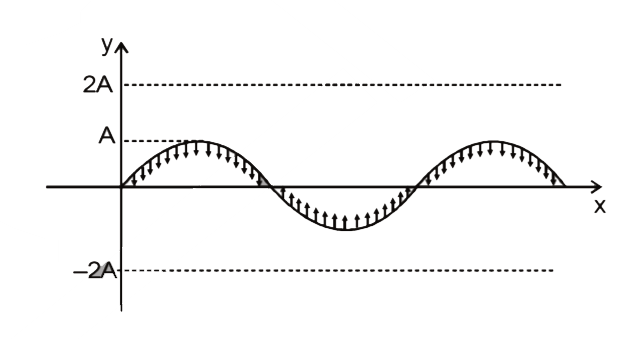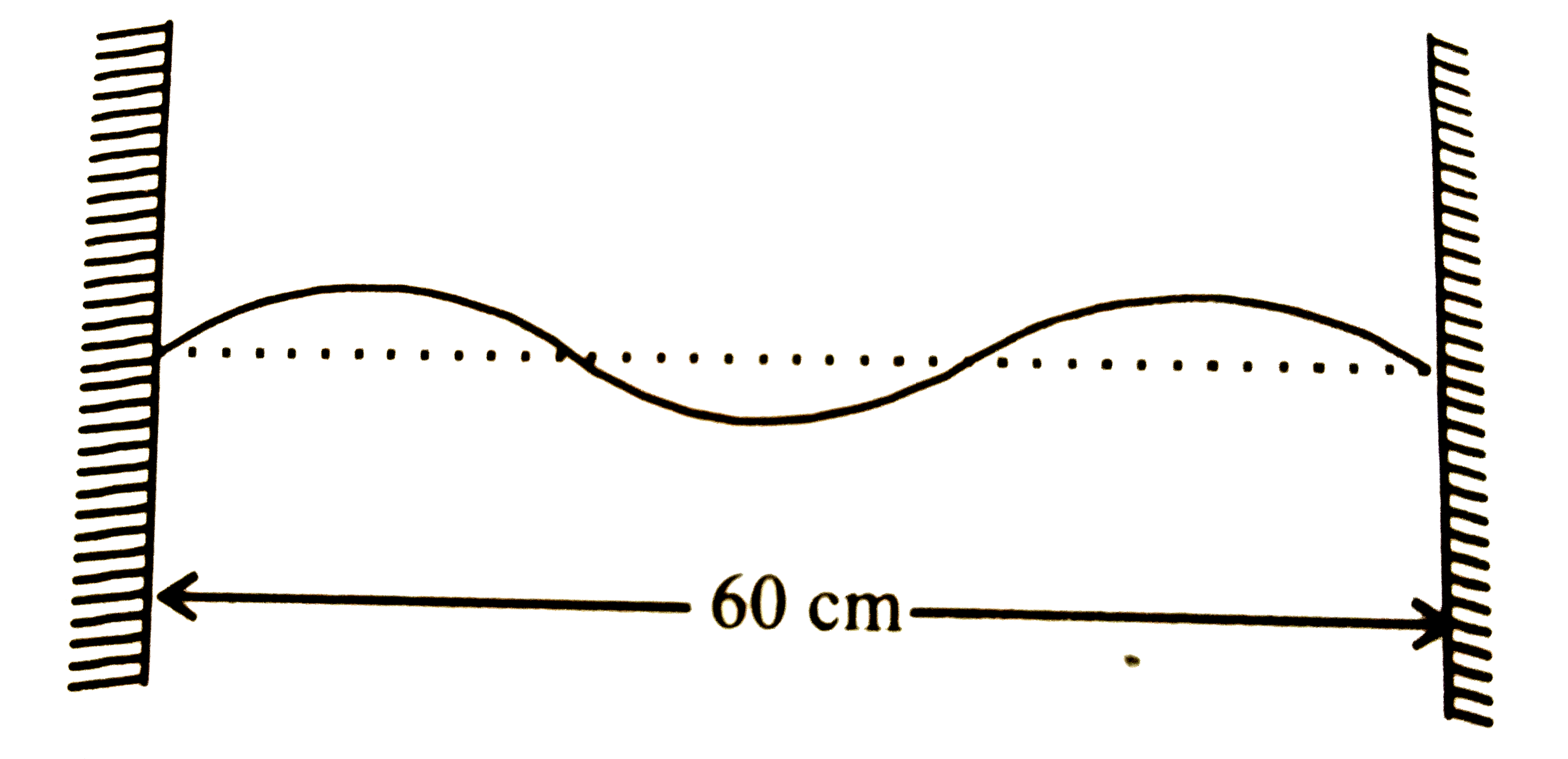In a standing transerse wave on a string :
A
In one time period all the particles are simultaneously at rest once
B
All the particles must be at their positive extremes once in a time period
C
All the particles may be at their positive extremes simulanecously once in a time period.
D
All the particles are never at rest
Video Solution
Text Solution
The correct Answer is:B
|
Answer
Step by step video, text & image solution for In a standing transerse wave on a string : by Physics experts to help you in doubts & scoring excellent marks in Class 12 exams.
Updated on:21/07/2023
Topper's Solved these Questions
- BOOK - ALLENCHAPTER - RACEEXERCISE - Basic Maths (Wave Motion & Dopplers Effect) (Superposition of waves interfarence, beats)15videos
RACE
- BOOK - ALLENCHAPTER - NEWTONS LAWS OF MOTIONEXERCISE - EXERCISE-III28videos
NEWTONS LAWS OF MOTION
- BOOK - ALLENCHAPTER - SIMPLE HARMONIC MOTIONEXERCISE - Example1videos
SIMPLE HARMONIC MOTION
Similar Questions
Knowledge Check
- Question 1 - Select One
Statement I : In a standing wave on a string , the spacing between nodes is Δx. If the tension in string is increased wave same as before , then the separation between nearest node and antinode will be Δx.
Statement II : Spacing between nodes ( consecutive) in the standing wave is equal to half of the wavelength of component waves.AStatement I is true , Statement II is true , Statement II is a correct explanation for Statement I.BStatement I is true , Statement II is true , Statement II is NOT a correct explanation for Statement I.CStatement I is true , Statement II is false.DStatement I : is false , Statement II is true. - Question 2 - Select One
Spacing between two successive nodes in a standing wave on a string is x. If frequency of the standing wave is kept unchanged but tension in the string is doubled, then new sapcing between successive nodes will become:
Ax/√2B√2xCx/2D2x - Question 3 - Select One or More
In a standing wave on a string.
AIn one time period all the particles are simultaneously at rest twice.BAll the particles must be at their positive extremes simultaneously once in one time period.CAll the particles may be at their positive extremes simultaneously once in a time period.DAll the particles are never at rest simultaneously.
Standing Waves
View SolutionStanding waves
View SolutionStanding waves
View SolutionStanding Wave Equation||Transverse wave in a string
View SolutionFigure shows the standing waves pattern in a string at t = 0. Find out the equation of the standing wave where the amplitude of antinode is 2A.
 View Solution
View Solution


